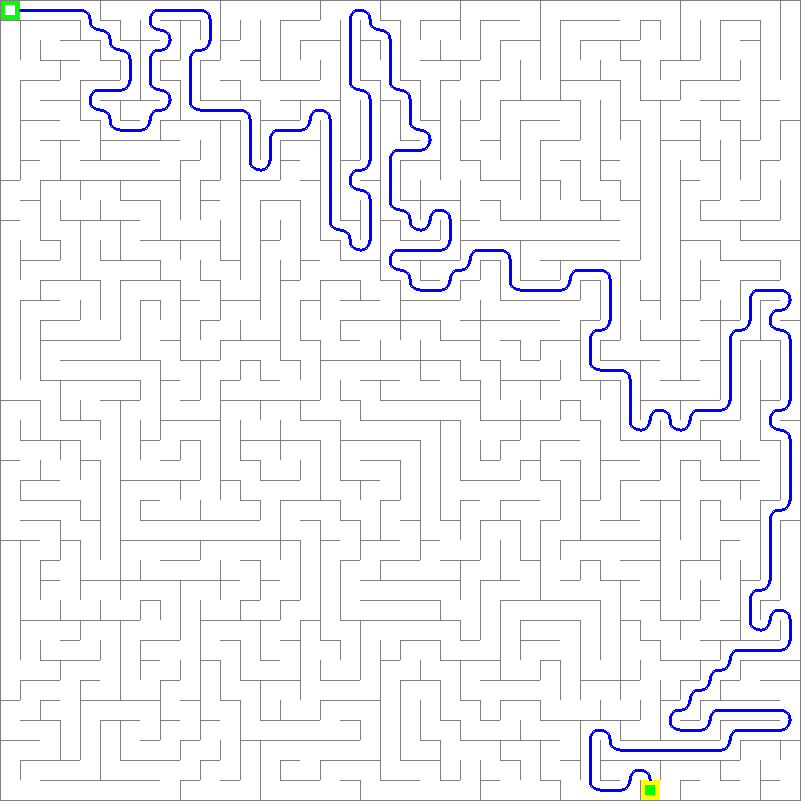Perceptrons: The Foundation of Neural Networks
- Shreyas Hosmani

- Mar 1
- 3 min read

Introduction
Perceptrons are one of the fundamental building blocks of artificial intelligence and machine learning. They are the simplest type of artificial neural network, modeled after biological neurons. While modern deep learning techniques have evolved far beyond the basic perceptron, understanding this concept is crucial for grasping the principles of more complex neural networks.
In this post, we will explore perceptrons, the theory behind them, as well as their uses in real-world applications.
The Foundations of Perceptrons
The perceptron was first introduced by Frank Rosenblatt in 1958 as a computational model for pattern recognition. Initially, it showed promise in solving simple classification problems. However, perceptrons have limitations, especially when dealing with non-linearly separable data.
How Perceptrons Work
A perceptron is the simplest form of a neural, a perceptron takes in multiple inputs, then calculates a weighted sum of the inputs which it then passes through an activation function. The activation function helps map the result to a specific output range, for example, if you want a clear binary classification you would use the sign activation function which returns either -1, 1, and occasionally 0.
The mathematic formula for a perceptron with two inputs before the activation function would be:
x1 w1 + x2 w2 + bWhere x1 and x2 represent the inputs, w1 and w2 represent the corresponding weights for the inputs and b is the bias term.
What is a Bias Term
The bias term in a perceptron is used to prevent the data from being too restrictive, for example, if the weights were both 0 and there was no bias term, the perceptron would always output 0, failing to correctly classify data points. The bias term shifts the decision boundary, allowing for better generalization.
Overall, the bias term prevents limitations on the possible outputs in perceptrons and multi-layer perceptrons (MLP); the bias term also improves the accuracy of neural networks.
Training a Perceptron
Perceptrons learn to classify data by adjusting its weights based on the error. This process is known as the perceptron learning rule. To train a perceptron, first, we calculate the error which is the desired output of the forward pass (the output of sending the inputs through the perceptron) then we subtract the actual output.:
Error = Desired_output - Actual_output Then, for each weight, we add a small amount to correct the weight and this is calculated as:
Δwi = lr x Error x input
wi = wi + ΔwiWhere LR is the rate at which we want the perceptron to learn (the learning rate), Error is the error calculated in the first step and input is the input for that specific weight. By iterating over the training data multiple times and adjusting the weights, the perceptron will eventually be able to classify each data point correctly if they are linearly separable.
Use Cases for Perceptrons
Despite numerous limitations, perceptrons have been used in various applications such as:
1. Binary Classification: Perceptrons are ideal for simple classification tasks, such as: Determining whether an email is spam or not. Identifying whether a tumor is malignant or benign based on medical data.
2. Image Recognition (Basic Pattern Detection): Early computer vision systems used perceptrons to recognize handwritten characters or simple shapes.
3. Logic Gate Implementations: Perceptrons can model basic logic gates such as AND, OR, and NOT, which serve as fundamental components of digital circuits.
4. Feature Selection in Machine Learning: Although modern deep-learning techniques have replaced perceptrons, they are still used as feature selection tools by helping to identify important input features in a dataset.
Conclusion
Perceptrons laid the groundwork for modern neural networks and deep learning. While they are limited in solving complex problems, they introduced key concepts like weighted inputs, activation functions, and learning rules. Understanding perceptrons is essential for anyone looking to dive deeper into machine learning and neural networks.
As research progressed, multi-layer perceptrons and deep learning architectures overcame perceptron limitations, leading to today’s AI advancements. Even though perceptrons are no longer widely used in practical applications, they remain a fundamental concept in the field of artificial intelligence.



Comments